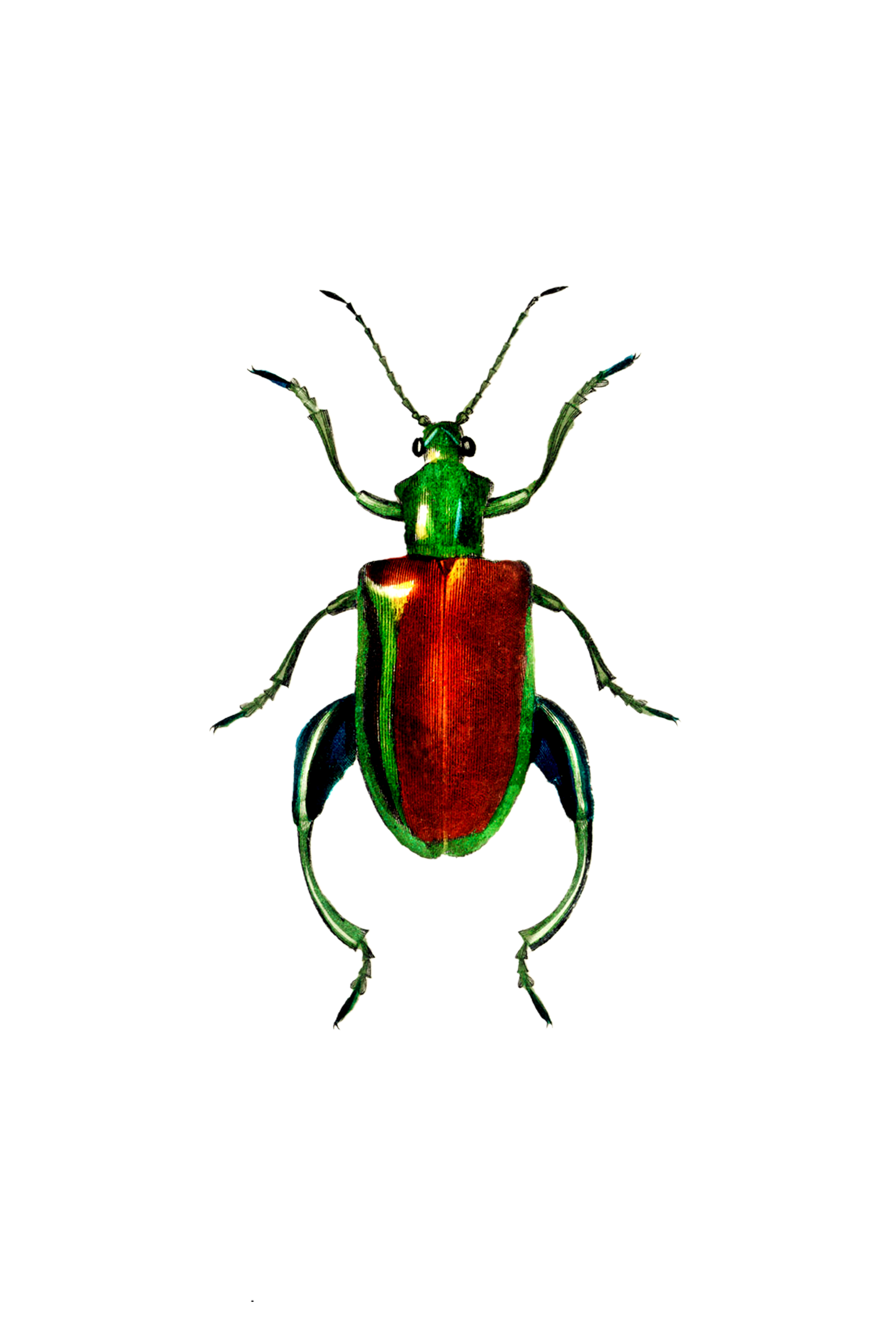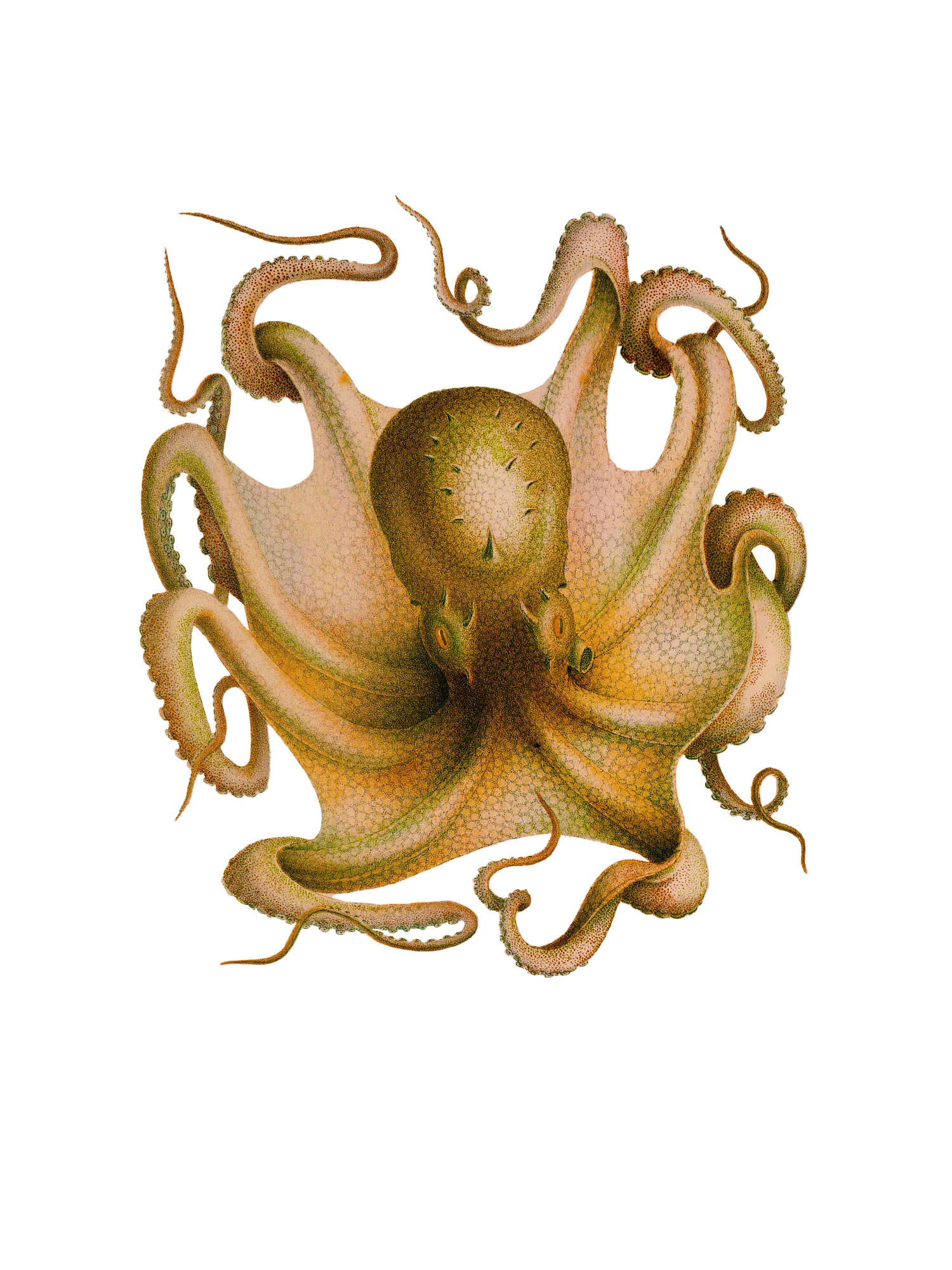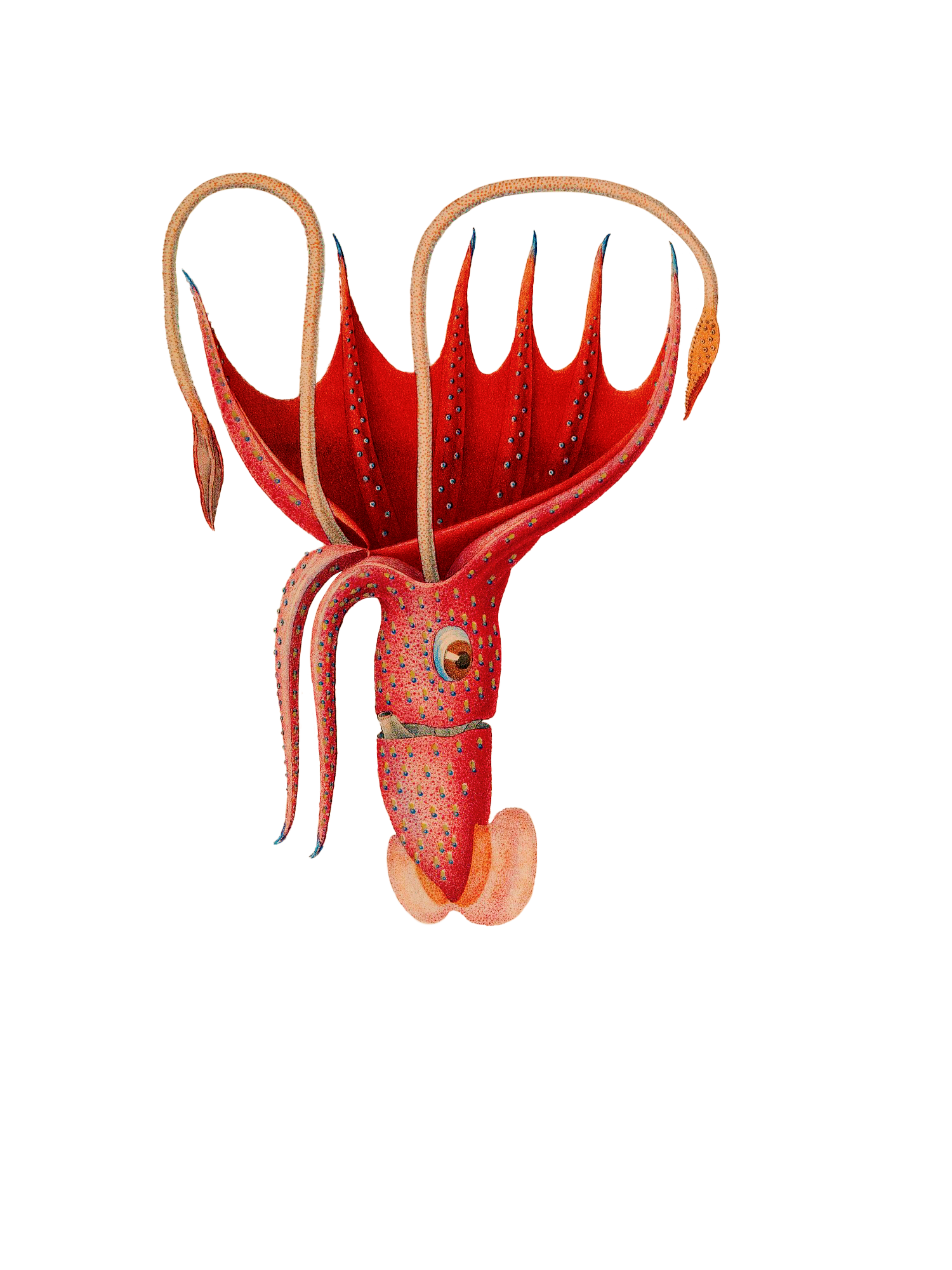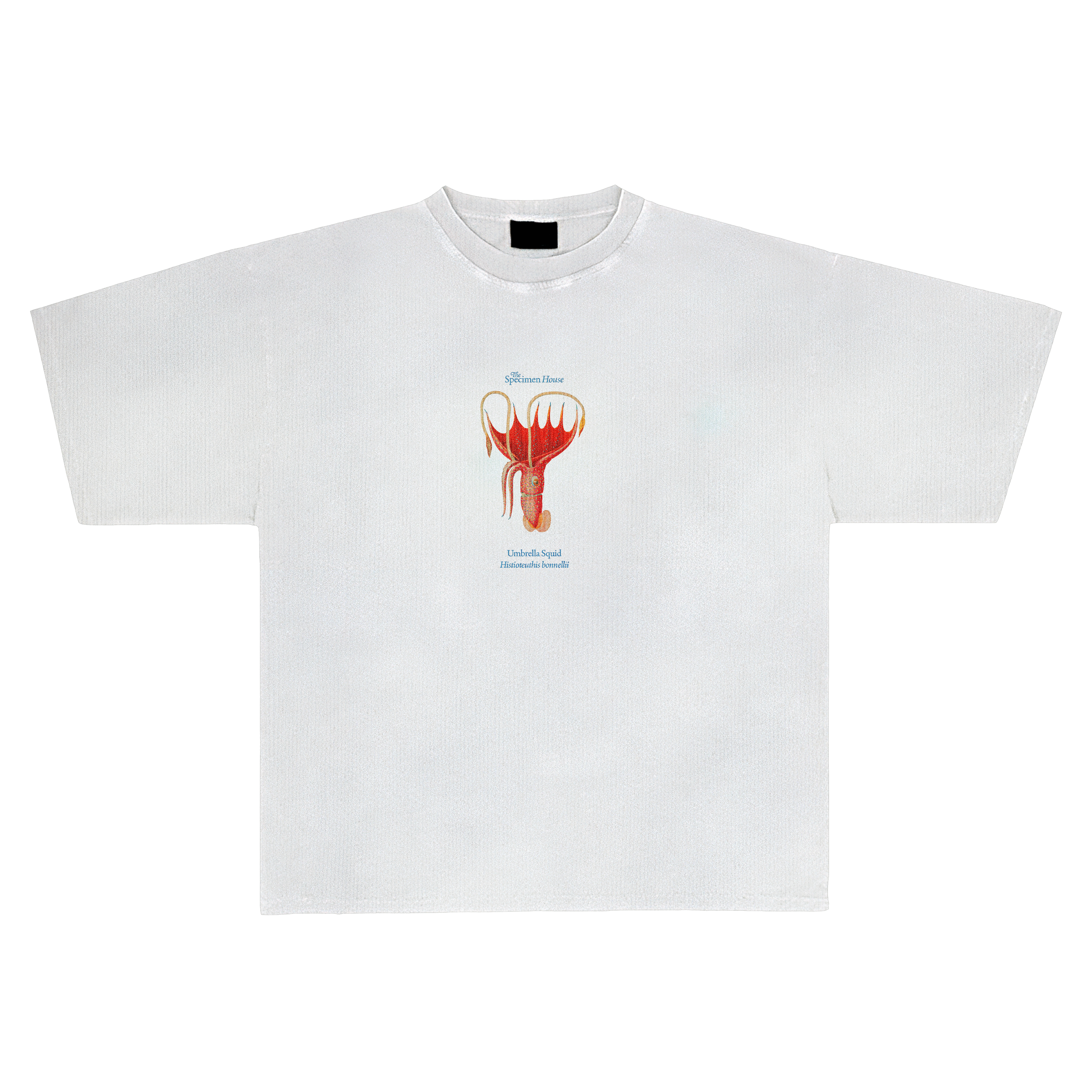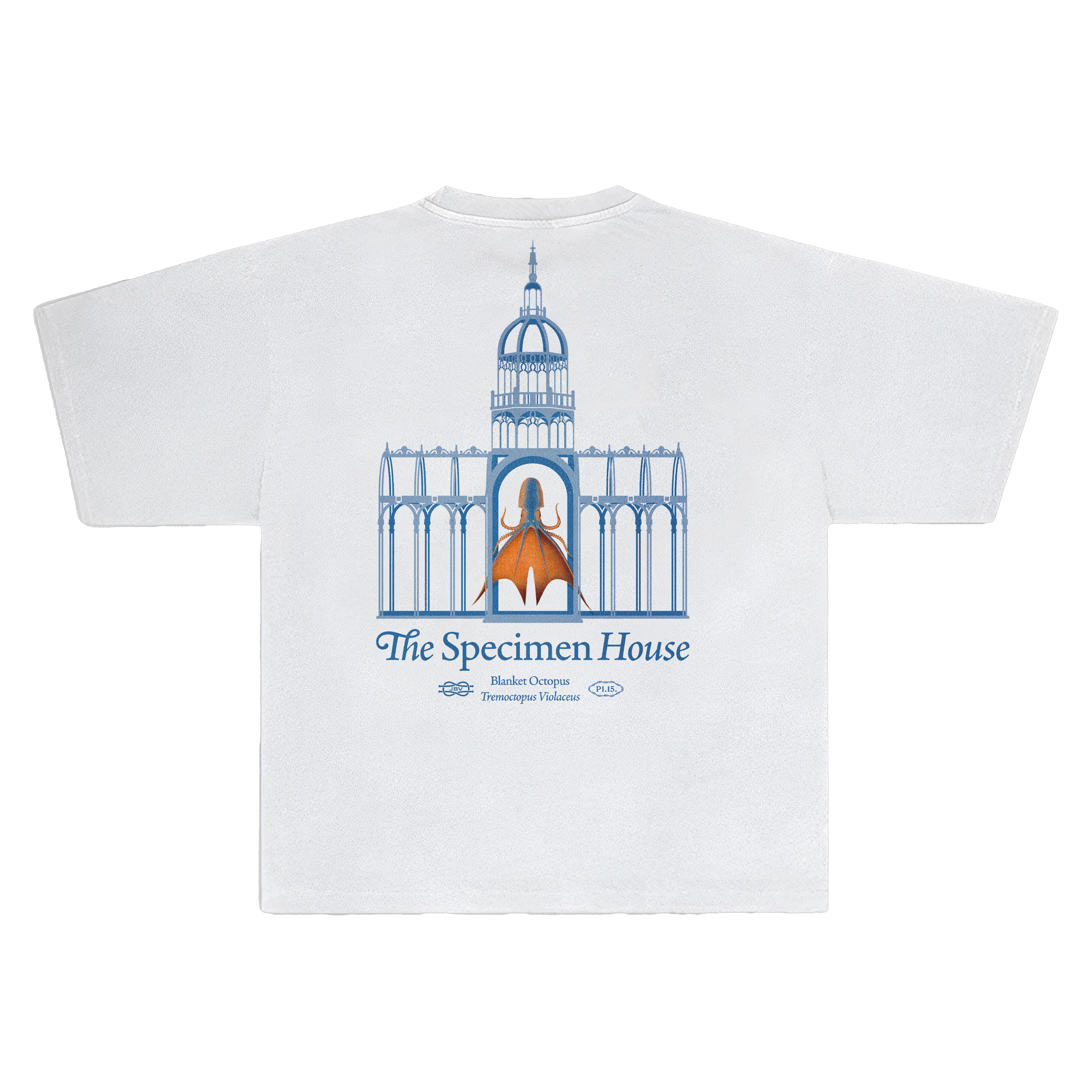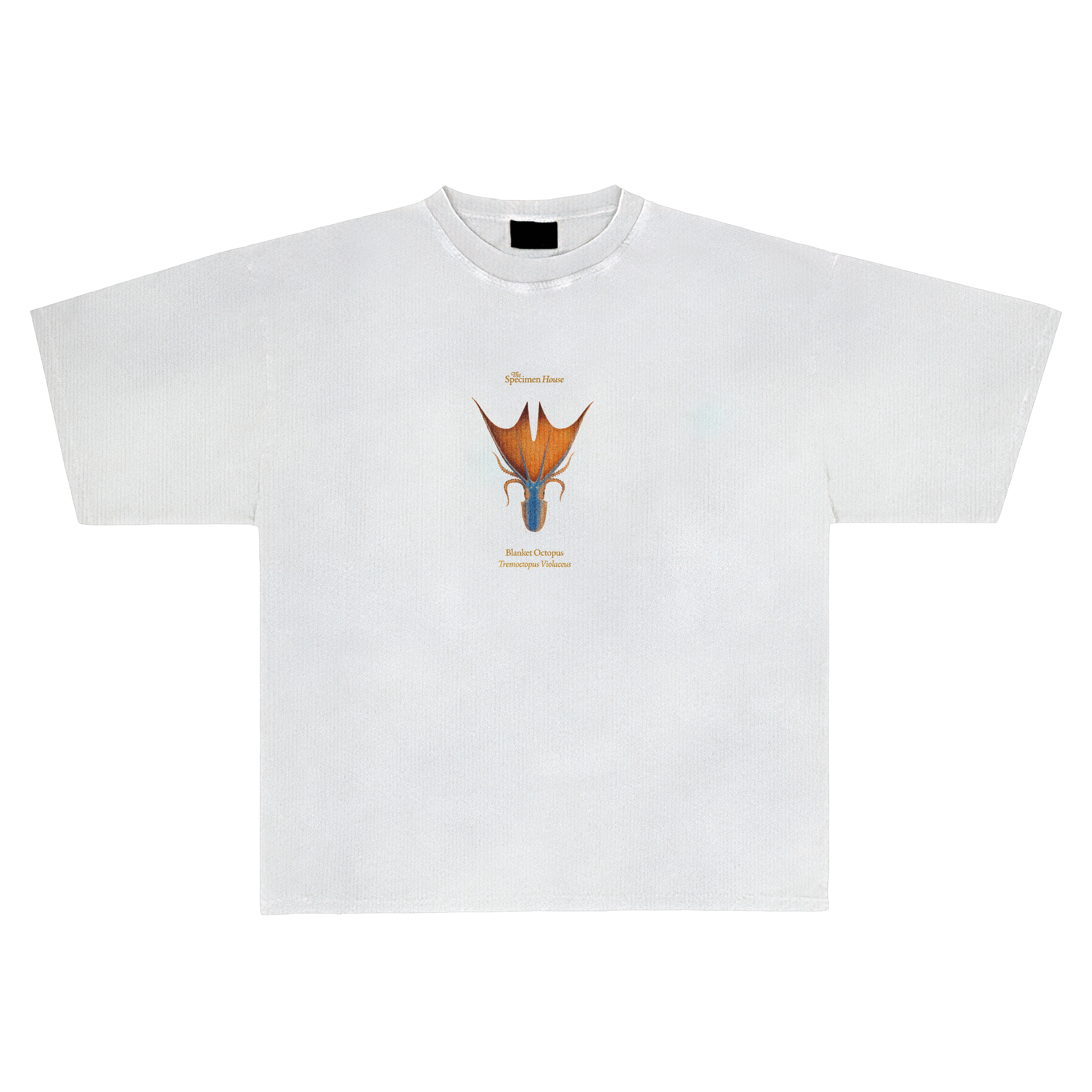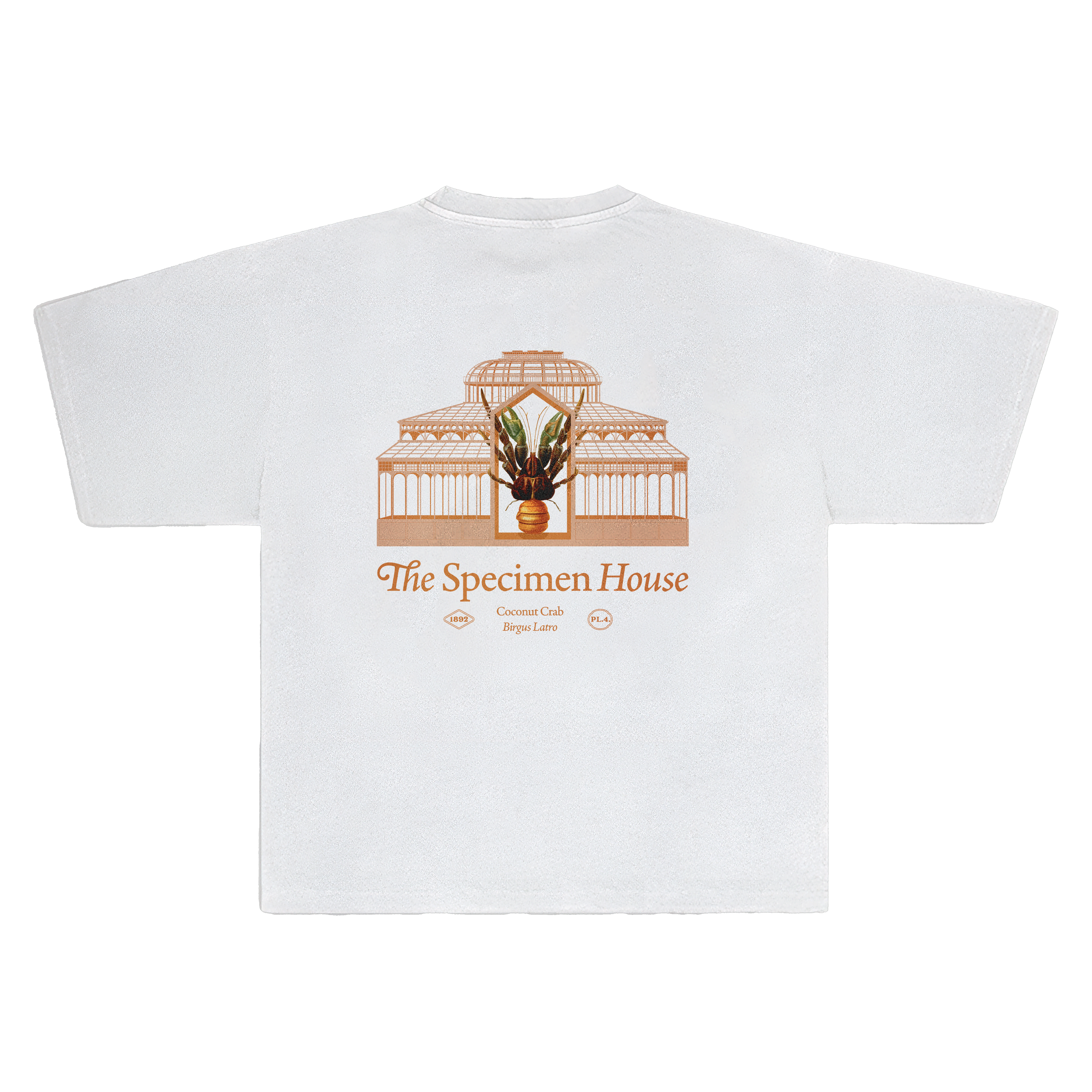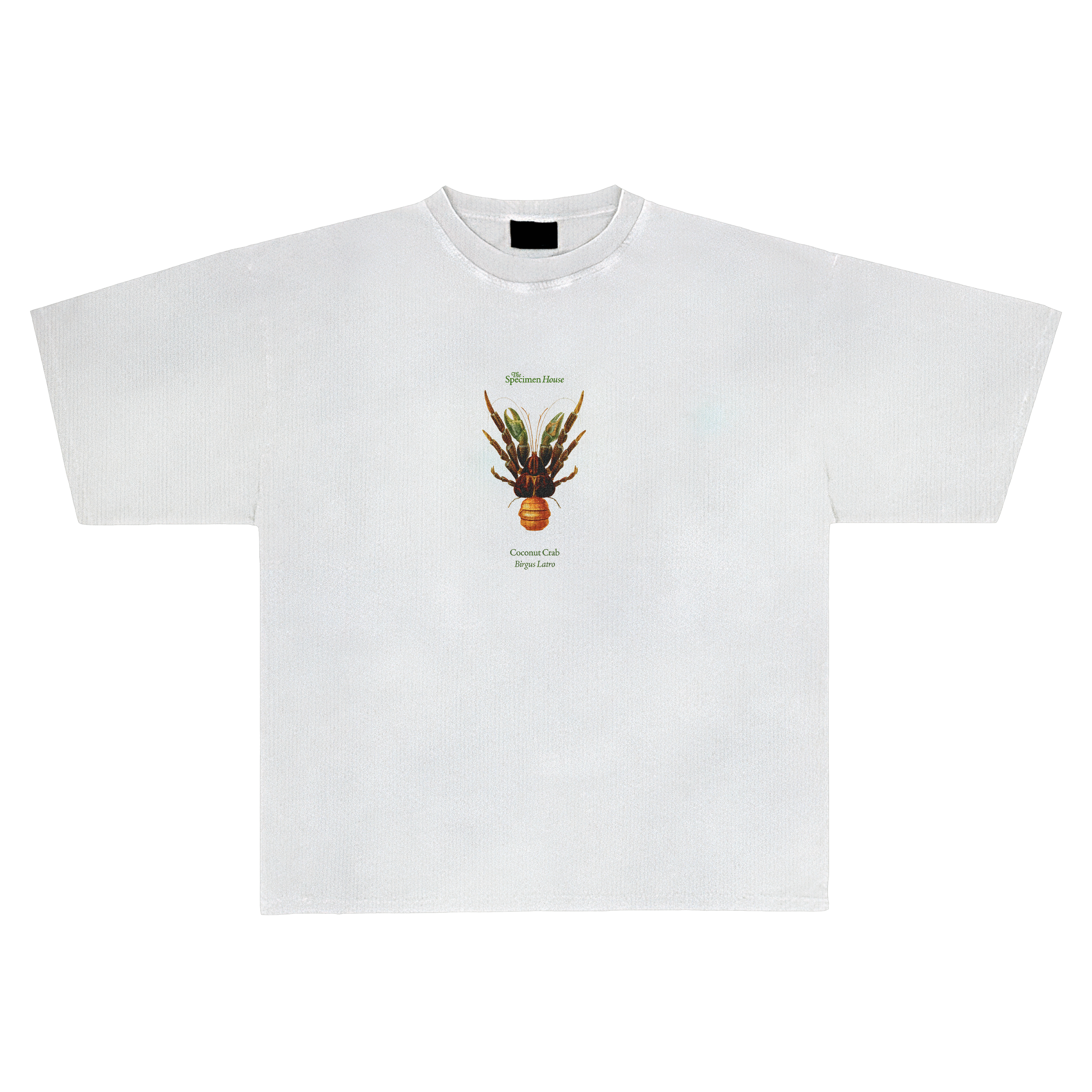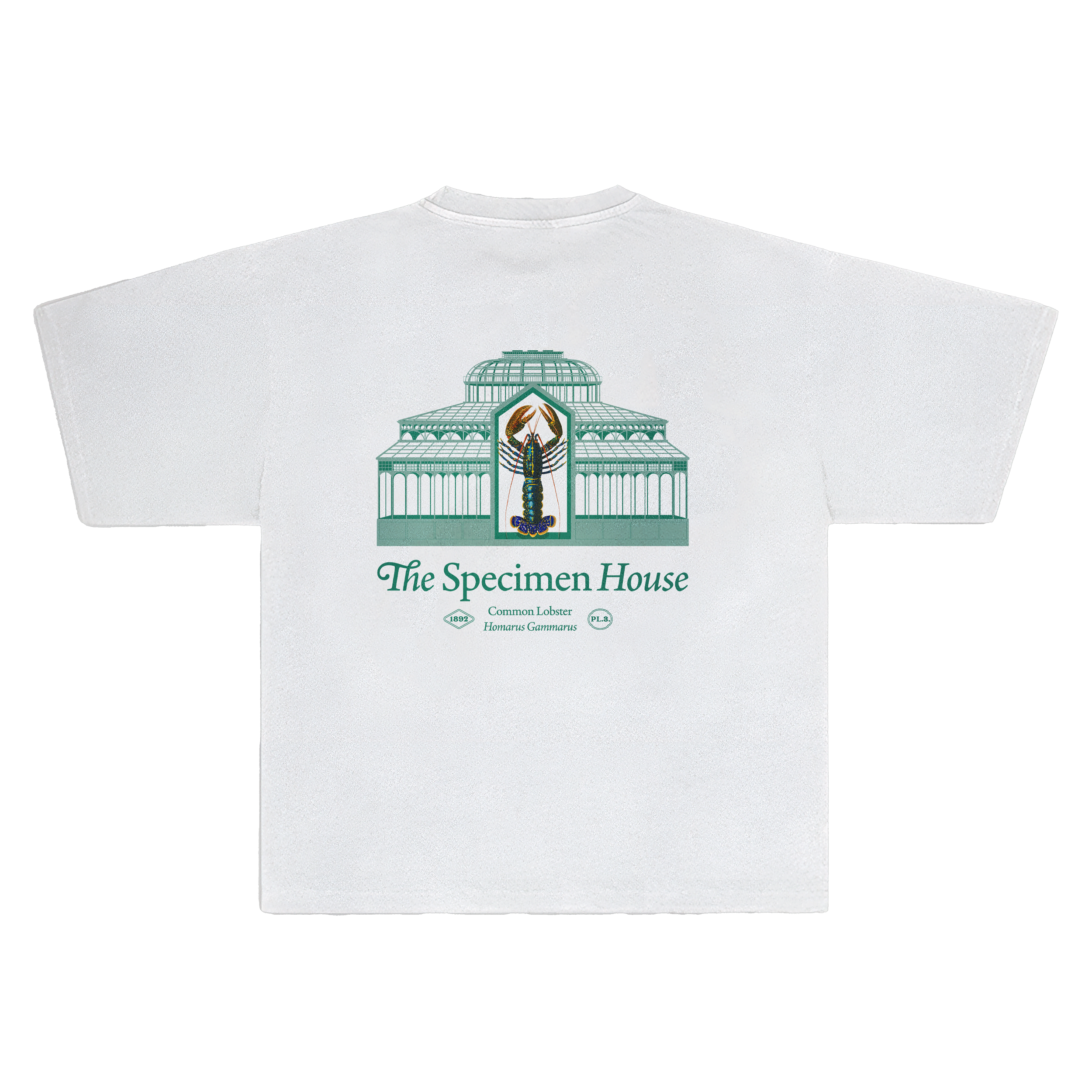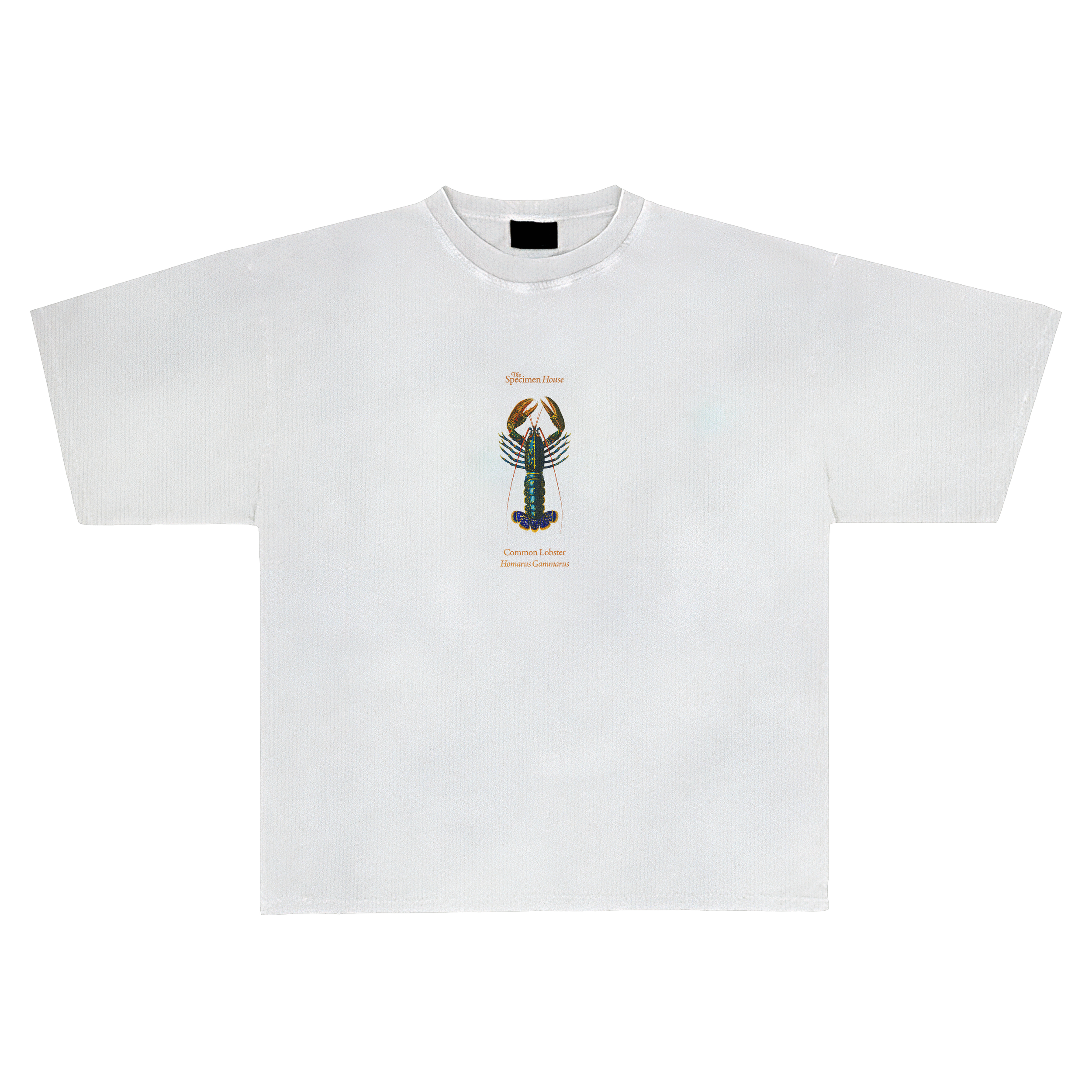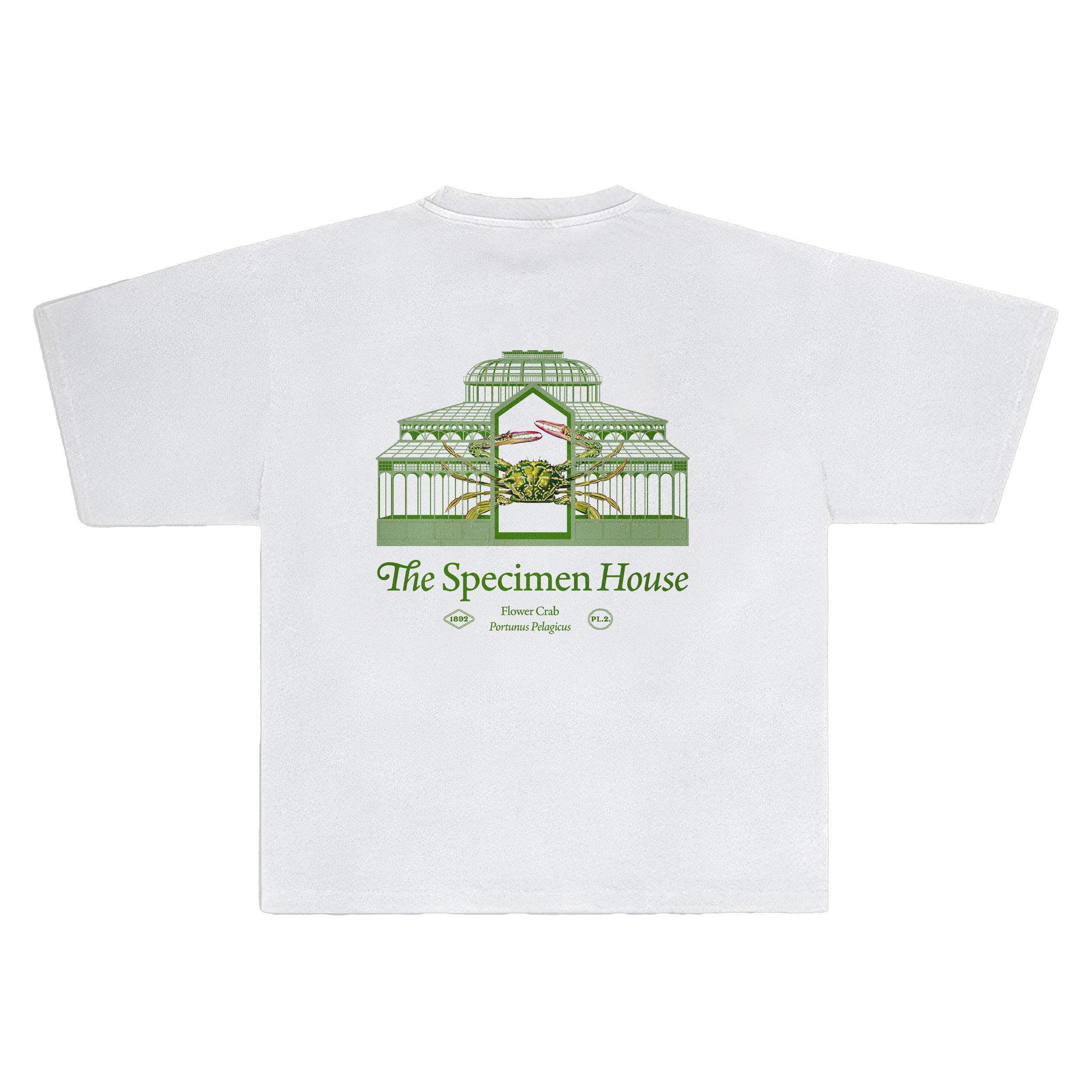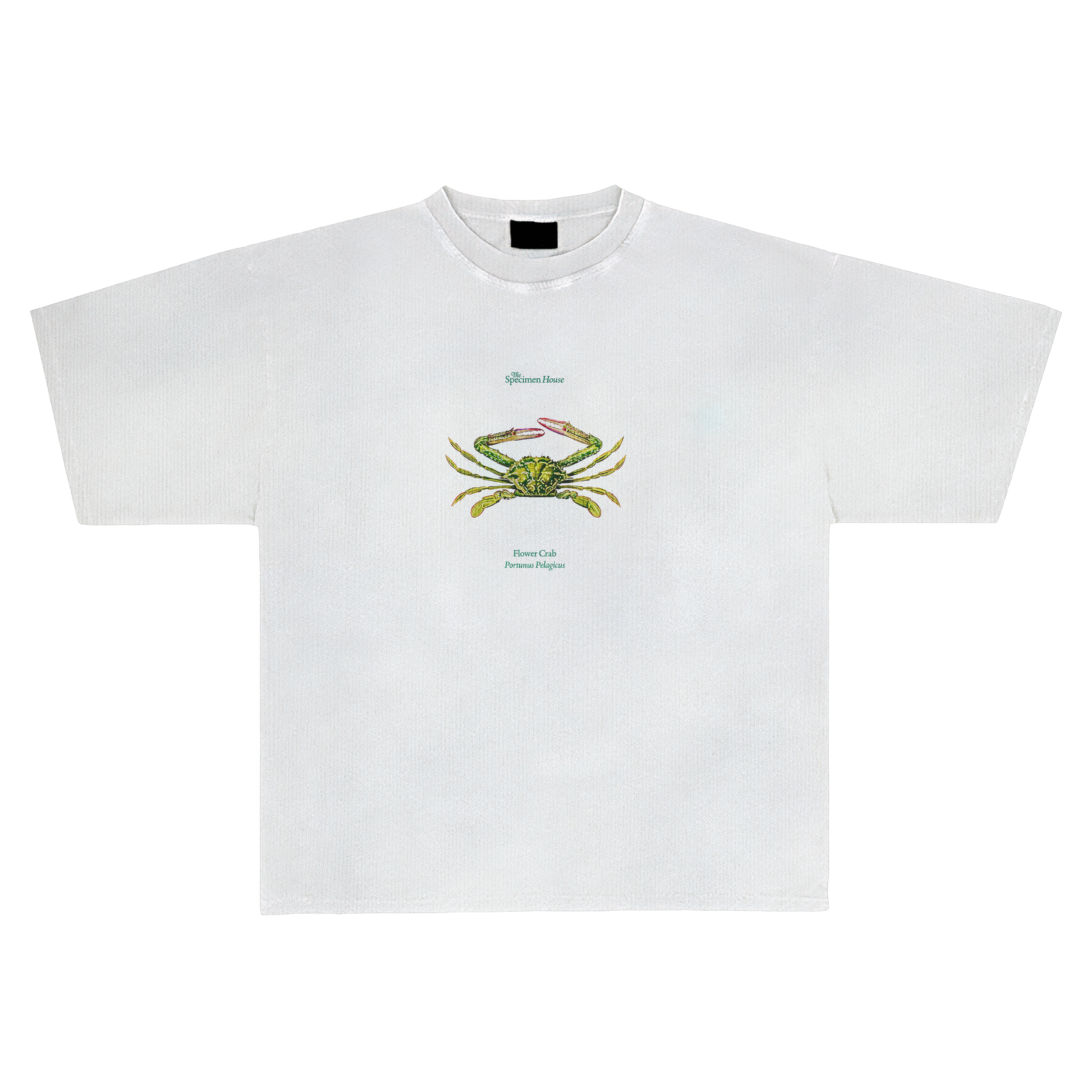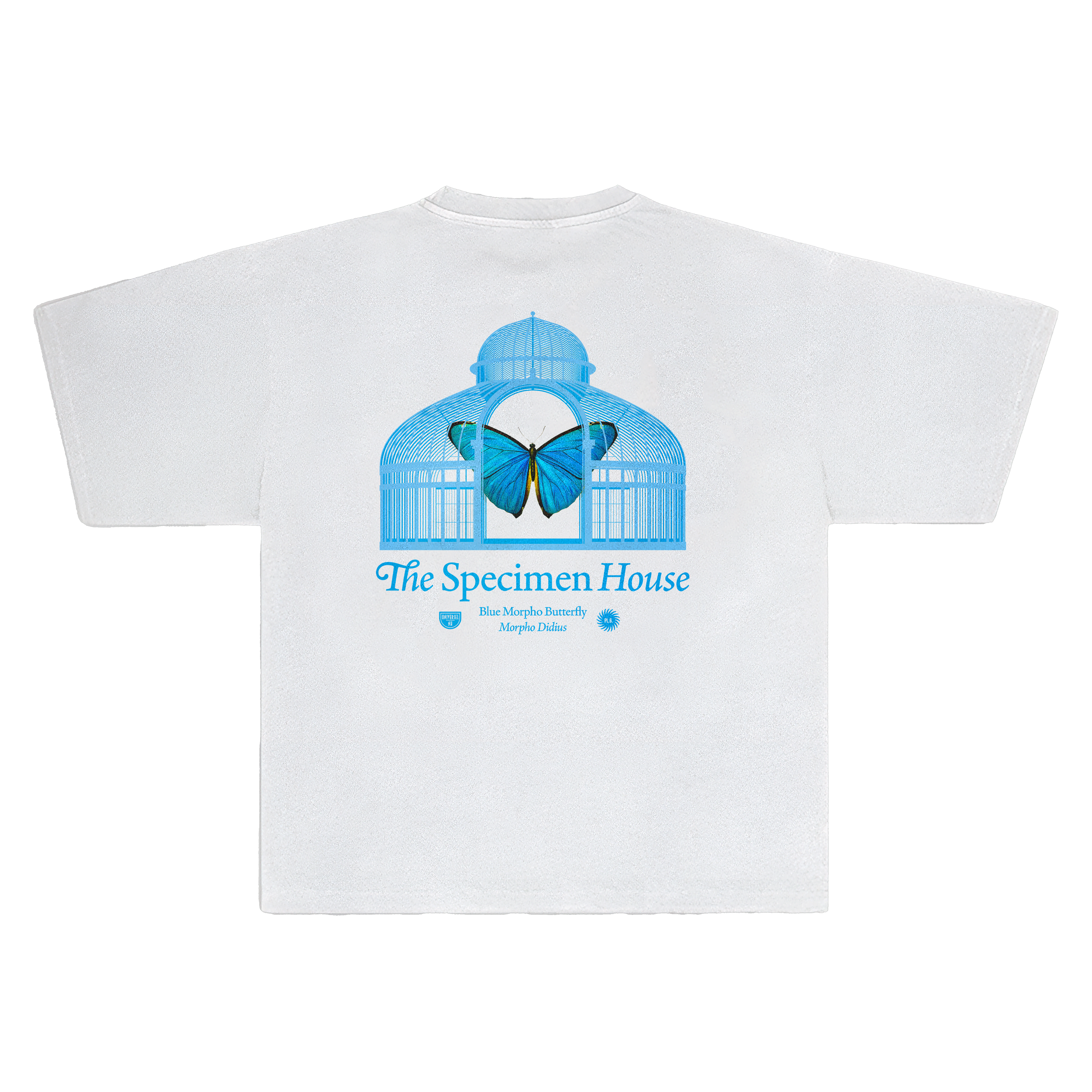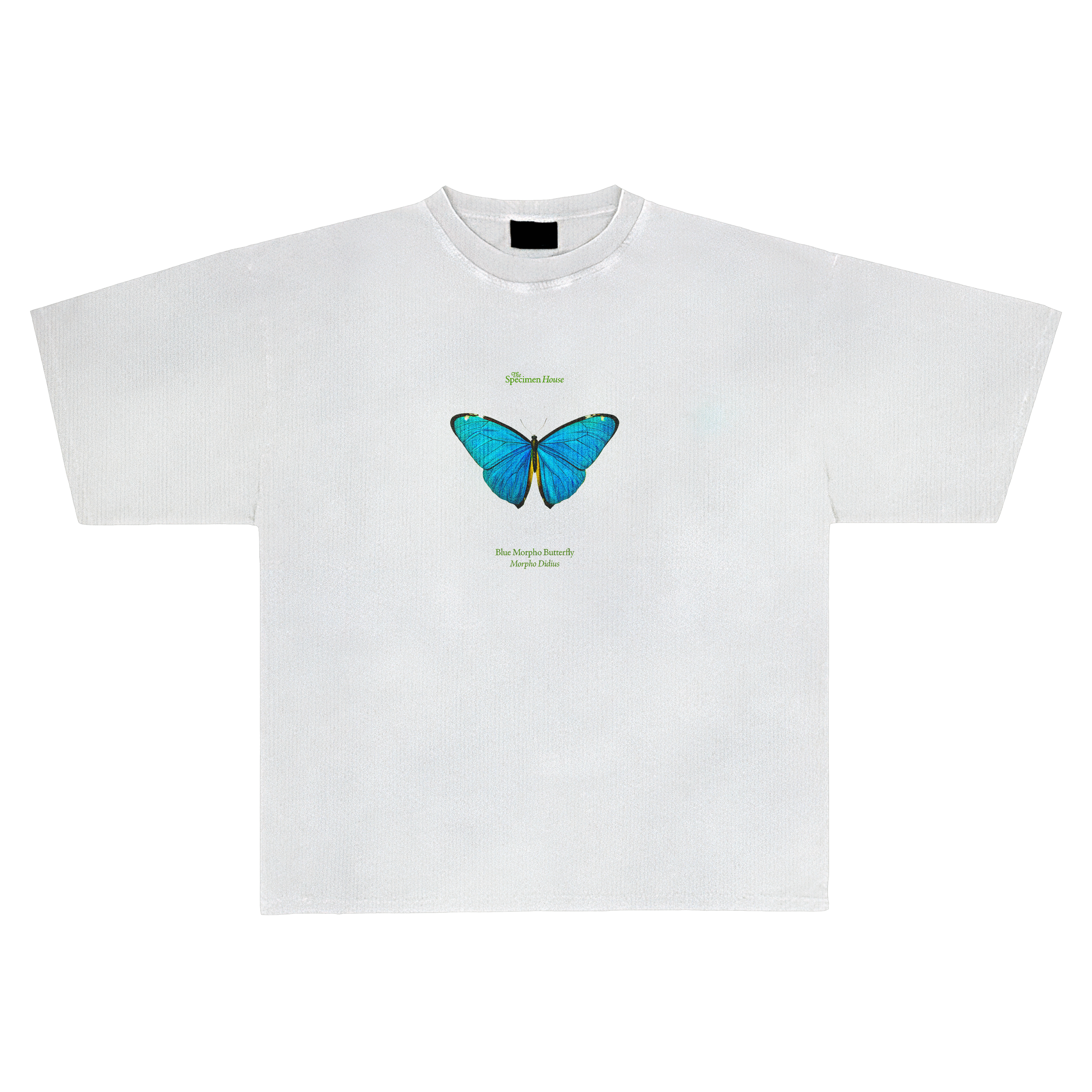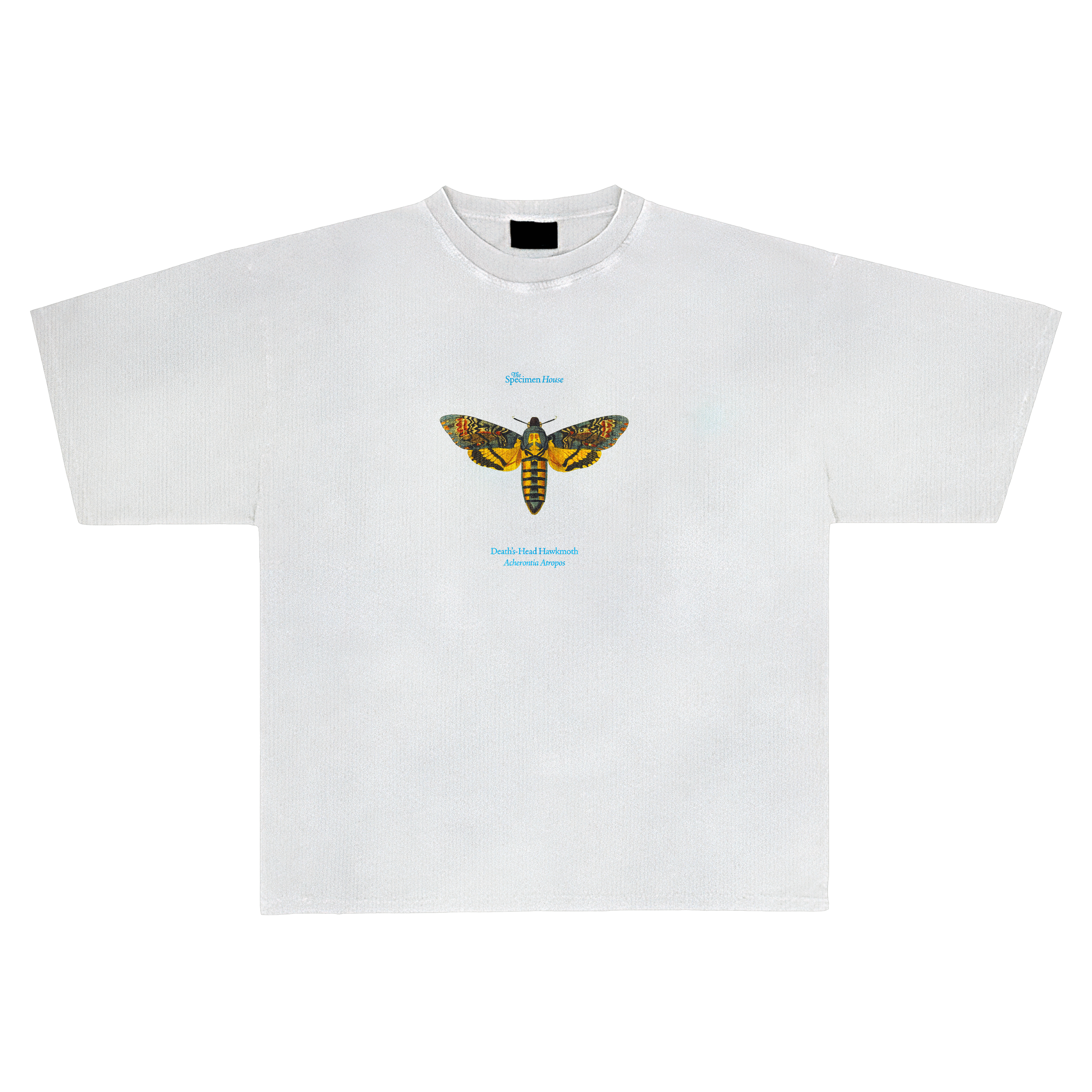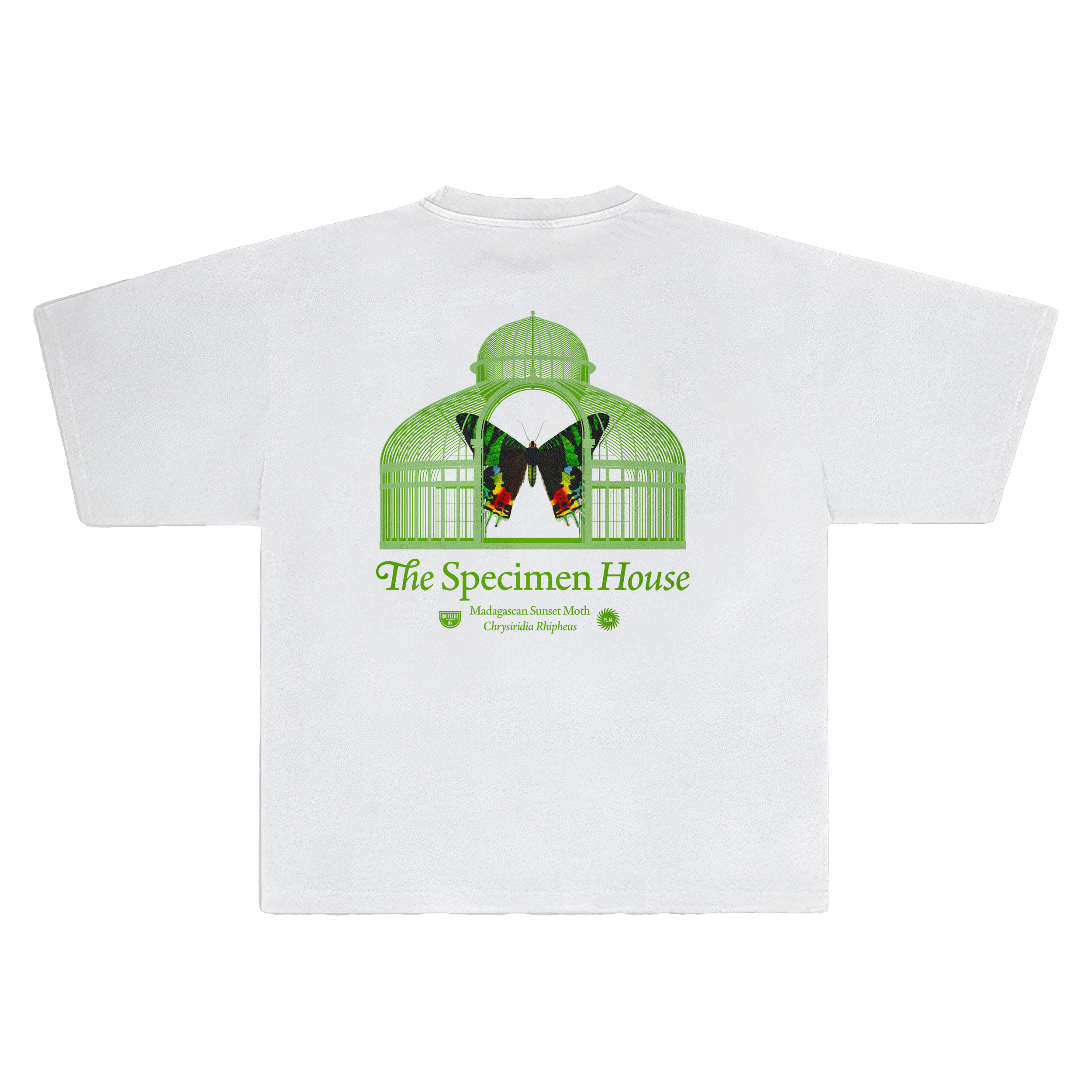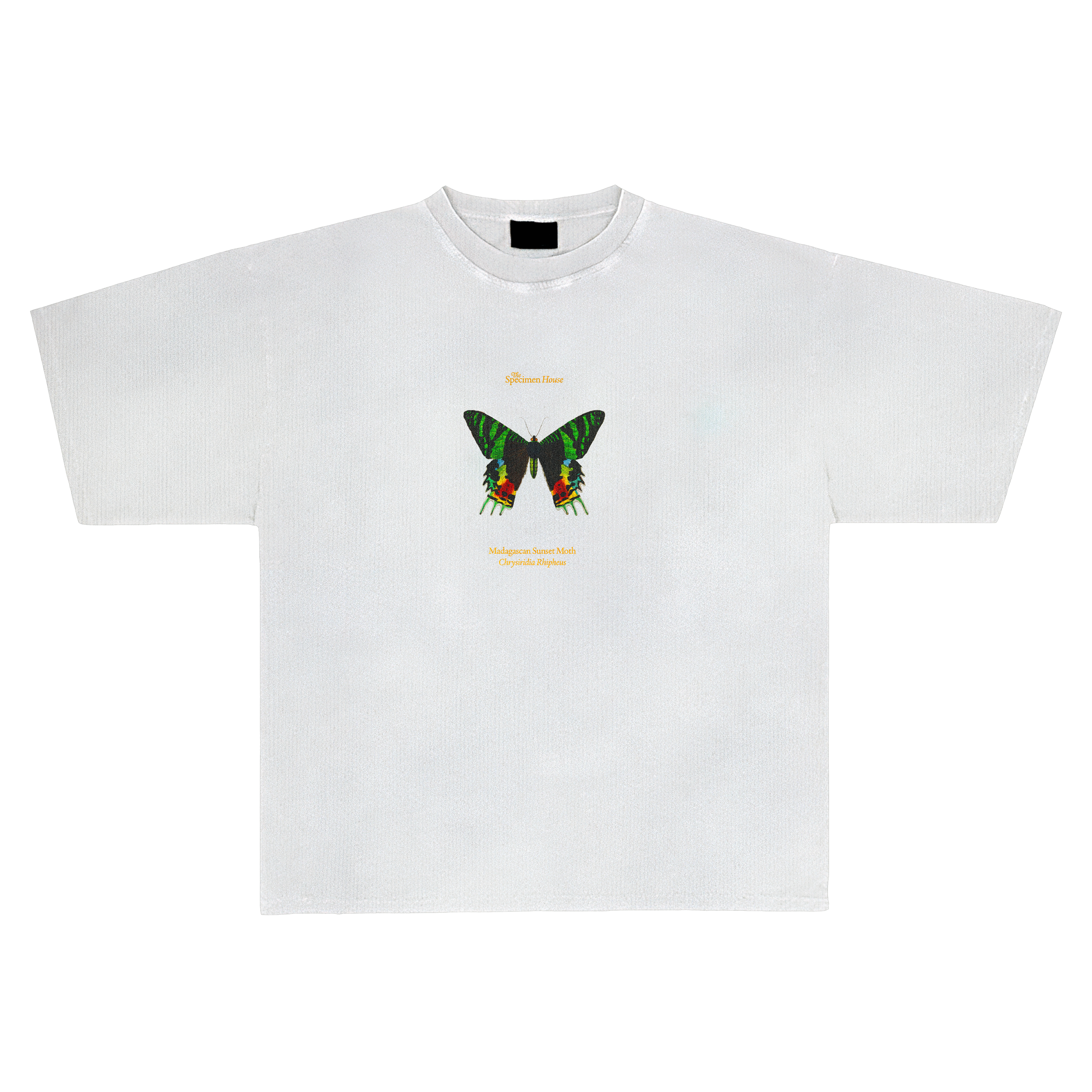The Specimen House
from archive to apparel
The Specimen House creates garments that bring the beauty of natural history into contemporary design. Inspired by archival lithographs and preserved specimens, each collection is a study in detail and craftsmanship, transforming scientific illustration into wearable art. With thoughtful finishes, bespoke graphics, and a commitment to curation, The Specimen House ensures every piece carries the same care and reverence as the archives that inspire it.
The Logo
The primary logo lockup features an intricate snake skeleton which is encapsulated in a dome - a classic example of a zoological specimen from which the brand draws inspiration for its aesthetic. The dome is a common theme in the brand’s design language, utilised throughout the illustrations to draw the eye to the lithography in the centre. This image has been paired with a custom wordmark which draws inspiration from the 18th century naturalist books - it is an appropriately understated mark which feels hand crafted yet sophisticated, featuring alongside the illustrations perfectly while knowing better than to try to compete with their detail or vibrancy.
Each capsule by The Specimen House presents a trio of designs featuring beautiful 18th century lithographs that illuminate the wonders of the natural world. These timeless illustrations are set within ornate conservatory frames - architectural marvels of the Victorian era - that deepen the brand’s connection to a period of extraordinary discovery and fascination with natural history.
Capsule 1 - Cephalopoda
The first capsule in the collection features animals of the class Cephalopoda. The Umbrella Squid (left), the Blanket Octopus (middle) and the Common Octopus (right).
Capsule 2 - Crustacea
The second capsule in the collection features animals of the class Crustacea. The Coconut Crab (left), the Common Lobster (middle) and the Flower Crab (right).
Capsule 3 - Lepidoptera
The third capsule in the collection features animals of the order Lepidoptera . The Blue Morpho Butterfly (left), the Deaths-Head Hawkmoth (middle) and the Madagascan Sunset Moth (right).




